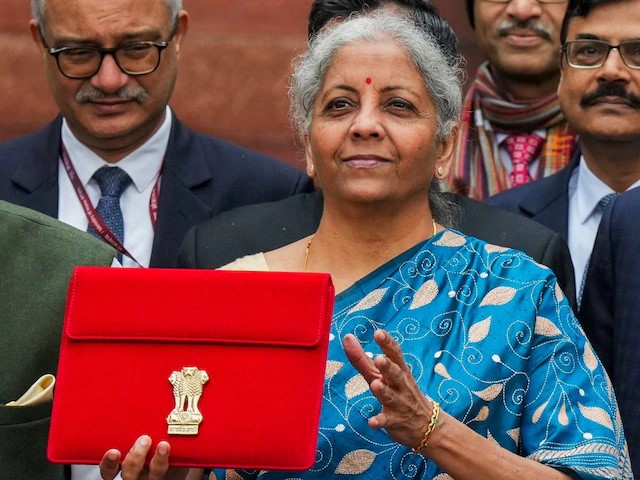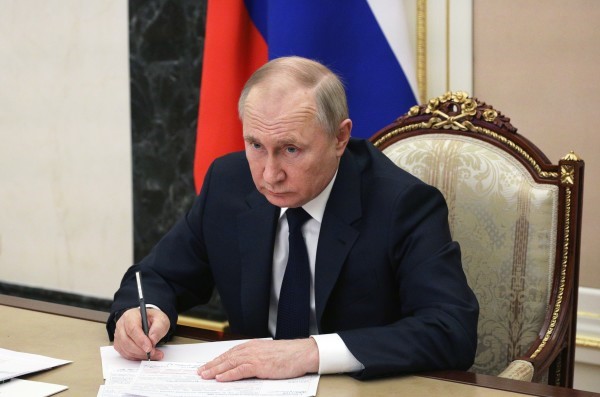North News
New Delhi, July 22
India’s real GDP is projected to grow between 6.5–7 per cent in 2024-25. The Indian economy recovered swiftly from the pandemic, with its real GDP in FY24 being 20 per cent higher than the pre-COVID, FY20 levels. This was stated by the Economic Survey 2023-24 presented in Parliament today by the Union Minister of Finance and Corporate Affairs, Nirmala Sitharaman.
The Survey points out that the domestic growth drivers have supported economic growth in FY24 despite uncertain global economic performance. It also adds that during the decade ending FY20, India grew at an average annual rate of 6.6 per cent, more or less reflecting the long-run growth prospects of the economy.
The Survey, however cautions that any escalation of geopolitical conflicts in 2024 may lead to supply dislocations, higher commodity prices, reviving inflationary pressures and stalling monetary policy easing with potential repercussions for capital flows. This can also influence RBI’s monetary policy stance. The global trade outlook for 2024 remains positive, with merchandise trade expected to pick up after registering a contraction in volumes in 2023.
The Survey highlights that leveraging the initiatives taken by the government and capturing the untapped potential in emerging markets; exports of business, consultancy and IT-enabled services can expand. Despite the core inflation rate being around 3 per cent, the RBI, with one eye on the withdrawal of accommodation and another on the US Fed, has kept interest rates unchanged for quite some time, and the anticipated easing has been delayed.
The Economic Survey says that India’s economy showed resilience to a gamut of global and external challenges as real GDP grew by 8.2 percent in FY 24, exceeding 8 percent mark in three out of four quarters of FY 24, driven by stable consumption demand and steadily improving investment demand.
The Survey underlines that the shares of the agriculture, industry and services sectors in overall GVA at current prices were 17.7 per cent, 27.6 per cent and 54.7 per cent respectively in FY24. GVA in the agriculture sector continued to grow, albeit at a slower pace, as the erratic weather patterns during the year and an uneven spatial distribution of the monsoon in 2023 impacted overall output.
Within the industrial sector, manufacturing GVA shrugged off a disappointing FY23 and grew by 9.9 per cent in FY24, as manufacturing activities benefitted from reduced input prices while catering to stable domestic demand. Similarly, construction activities displayed increased momentum and registered a growth of 9.9 per cent in FY24 due to the infrastructure build out and buoyant commercial and residential real estate demand.
Various high-frequency indicators reflect the growth in the services sector. Both Goods and Services Tax (GST) collections and the issuance of e-way bills, reflecting wholesale and retail trade, demonstrated double-digit growth in FY24. Financial and professional services have been a major driver of growth post the pandemic, the survey added.
Gross Fixed Capital Formation (GFCF) continues to emerge as an important driver of growth. GFCF by private non-financial corporations increased by 19.8 per cent in FY23. There are early signs that the momentum in private capital formation has been sustained in FY24. As per data provided by Axis Bank Research, private investment across a consistent set of over 3,200 listed and unlisted non-financial firms has grown by 19.8 per cent in FY24.
Apart from private corporations, households have also been at the forefront of the capital formation process. In 2023, residential real estate sales in India were at their highest since 2013, witnessing a 33 per cent YoY growth, with a total sale of 4.1 lakh units in the top eight cities.
With cleaner balance sheets and adequate capital buffers, the banking and financial sector is well-positioned to cater to the growing financing needs of investment demand. Credit disbursal by scheduled commercial banks (SCBs) to industrial micro, small and medium enterprises (MSMEs) and services continues to grow in double digits despite a higher base. Similarly, personal loans for housing have surged, corresponding to the increase in housing demand.
The Survey states that despite global supply chain disruptions and adverse weather conditions, domestic inflationary pressures moderated in FY24. After averaging 6.7 per cent in FY23, retail inflation declined to 5.4 per cent in FY24. This has been due to the combination of measures undertaken by the Government and the RBI. The Union Government undertook prompt measures such as open market sales, retailing in specified outlets, timely imports, reduced the prices of Liquified Petroleum Gas (LPG) cylinders and implemented a cut in petrol and diesel prices. The RBI raised policy rates by a cumulative 250 bps between May 2022 and February 2023.
















